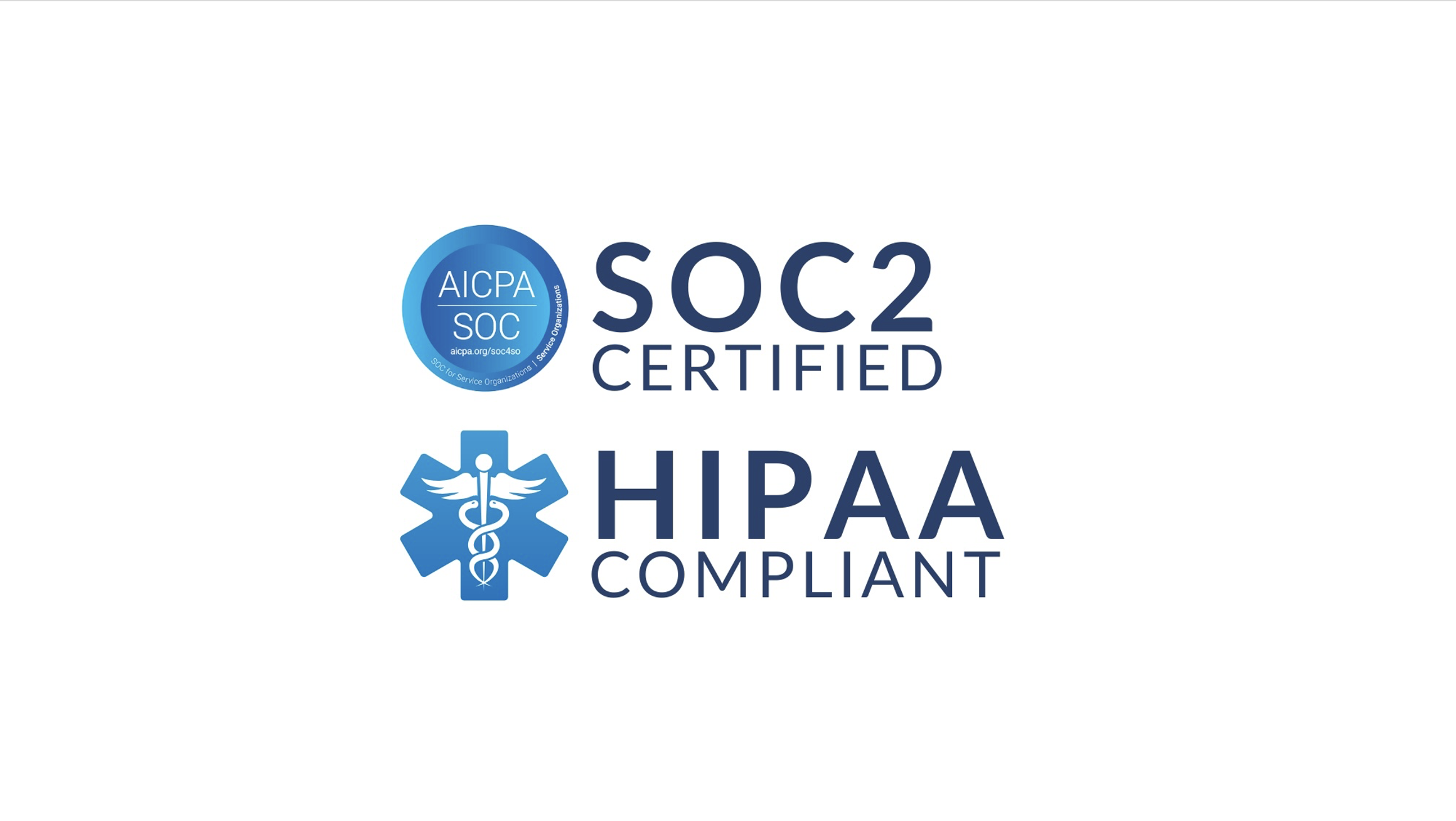The Comprehensive Error Rate Testing (CERT) program found that Medicare Fee-for-Service improper payments totaled $31.7 billion in FY 2024, primarily due to documentation deficiencies. Evaluation and Management (E/M) visits remain a top source of these errors. Real-time chart audits are no longer a luxury—they're a financial necessity.
WorkDone Health’s AI-powered EMR audit engine connects directly to your electronic health record system and continuously checks every medical note against over 5,000 compliance rules. These rules reflect CMS, Joint Commission, and OIG standards, and the system even suggests auto-corrections before the claim reaches your clearinghouse.
Why Compliance Can't Be Overlooked
Several regulatory agencies and payer guidelines define what a "comprehensive" assessment must include:
- CMS (via MLN006764) requires that a comprehensive assessment include a complete history of present illness (HPI), review of systems (ROS), past family and social history (PFSH), a medically appropriate exam, time and/or medical decision making (MDM), and a legible provider signature. Missing any of these elements can lead to downcoding or denied payments.
- The Joint Commission (RC.01.01.01, EP 7) mandates that a history and physical (or equivalent assessment) be completed and signed within a defined timeframe, often 24 hours for inpatient settings or 30 days for residential programs. Late or missing documentation can affect accreditation.
- The Office of Inspector General (OIG) requires all providers to maintain continuous monitoring and auditing of compliance issues, along with documentation of corrective actions. Failing to show an active audit program may result in regulatory scrutiny.
- CMS (MLN909160) clearly states that “no documentation = no justification = no payment.” This is the most common cause of CERT audit failures.
WorkDone Health’s rule engine integrates all of these standards, automatically checking each chart for completeness and flagging what’s missing—before any payment issues arise.
Common Documentation Errors WorkDone Flags in Real Time
WorkDone Health identifies and corrects many common compliance failures across care settings. These include:
- A late or unsigned comprehensive history and physical (H&P) that exceeds Joint Commission timeframe requirements.
- Copy-forward or templated review of systems (ROS) sections that were not updated for the current visit.
- A Level 5 office visit (CPT 99205) billed by time with only partial activity documentation or an absent total-time statement.
- Resident-authored notes that are missing the required supervising physician attestation.
- Therapy evaluations lacking Plan-of-Care certifications.
- Discharge summaries missing medication reconciliation sections.
Each of these issues corresponds to one or more compliance rules in the WorkDone Health library and triggers an automatic alert in the EHR interface.
How WorkDone Health's AI Audit Engine Works
WorkDone's audit system operates in four layers:
First, its semantic extraction layer reads every note and tags key sections like HPI, ROS, Exam, Assessment, and Plan. It also extracts timestamps, practitioner names, signatures, and billing code usage.
Second, the rule engine compares each note against federal, state, and private-payer documentation standards. These rules are updated continuously as CMS and other agencies release new guidelines.
Third, the Auto-Fix™ module can automatically generate compliant language to address missing sections—such as inserting a physician signature line, adding attestation language, or generating a complete time statement for time-based E/M coding.
Finally, a real-time dashboard for compliance and revenue cycle teams shows the frequency, severity, and types of documentation errors by provider or department. All suggested corrections and note versions are archived for ten years in line with CMS audit-trail requirements.
Examples of Compliance Improvements with WorkDone Health
Scenario 1: Late H&P in Inpatient Setting
Previously, a provider signed an H&P on day 3 instead of day 1. This triggered a Joint Commission citation and claim hold. With WorkDone Health in place, an alert was sent at hour 20 post-admission, prompting the attending physician to sign immediately, thus preserving accreditation and avoiding delay.
Scenario 2: Upcoded Level-5 Visit
A physician billed CPT 99205 by time, stating 65 minutes were spent, but only 35 minutes of documentation was present. WorkDone flagged the discrepancy and generated an Auto-Fix that included qualifying activities (such as counseling and coordination) and a complete time statement. The chart was updated and the level 5 code held up during claim processing.
Scenario 3: Missing Resident Attestation
A teaching hospital encountered CERT denials for resident-authored notes missing the attending attestation. WorkDone’s AI detected these in real time and inserted a compliant attestation statement with one click, reducing rework and preventing future denials.
Impact and Results from WorkDone Deployments
Early adopters of WorkDone Health have seen significant improvements across key compliance and revenue metrics:
- Internal protocol adherence improved by over 70% within two quarters.
- Chart audit coverage increased from 10–20% sample reviews to 100% automation.
- Days in accounts receivable (A/R) for E/M visits dropped by as much as 20%.
- Manual chart auditor workload dropped by 90%, with Auto-Fix addressing routine errors without human review.
Implementation Steps for Compliance Leaders
WorkDone Health is designed for smooth implementation:
- It connects via FHIR or HL7, beginning in read-only mode.
- In shadow mode, it compares AI audit results against human audits for 3–4 weeks.
- Once validated, Auto-Fix is enabled to allow one-click corrections.
- Governance teams conduct quarterly manual reviews to align with OIG Element 5.
- CMS and AMA guideline updates are automatically pushed to the rule library every year.
Frequently Asked Questions
Does WorkDone replace CDI staff?
No. WorkDone audits 100% of charts, freeing up your CDI team to focus on complex or ambiguous cases.
Will this change clinician workflow?
No additional logins are needed. Alerts appear within the existing EHR interface. Many issues can be resolved with a single click.
Is this defensible in an audit?
Yes. Every alert includes a reference to the exact regulatory source (e.g., CMS MLN006764 or RC.01.01.01). WorkDone maintains an audit log of every AI-generated suggestion.
Recommended Resources
- CMS E/M Documentation Guidelines (MLN006764)
- Joint Commission Record of Care Requirements (RC.01.01.01)
- OIG Seven-Element Compliance Framework
Final Takeaway
If you can’t prove it, you can’t bill it. WorkDone Health transforms the compliance process by flagging and fixing documentation gaps before they cause denials or citations. With real-time EMR audits, hospitals and clinics can protect revenue, ensure accreditation, and reduce the administrative burden on clinicians and auditors alike.



